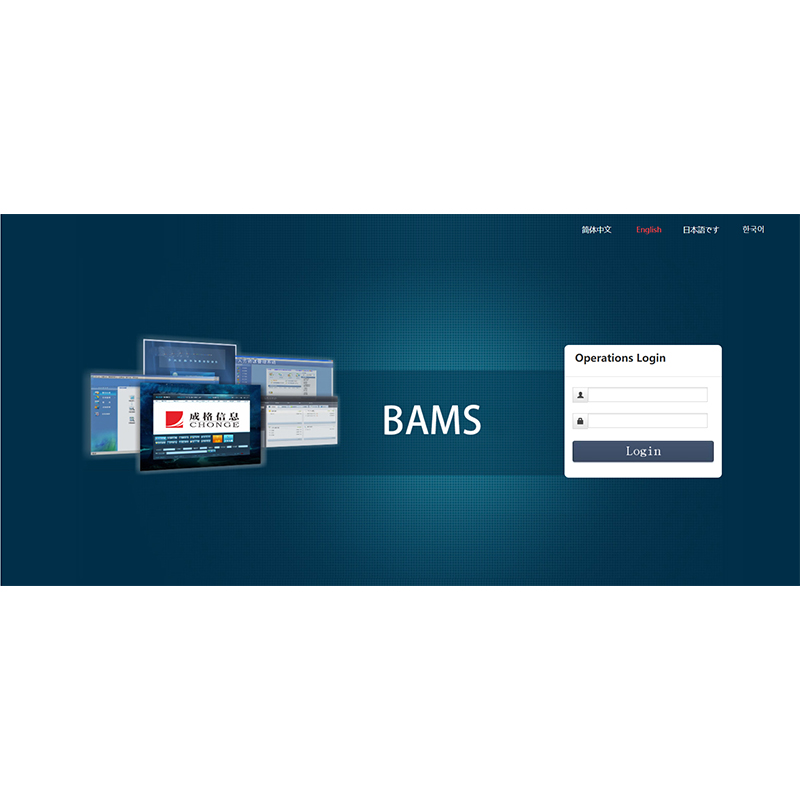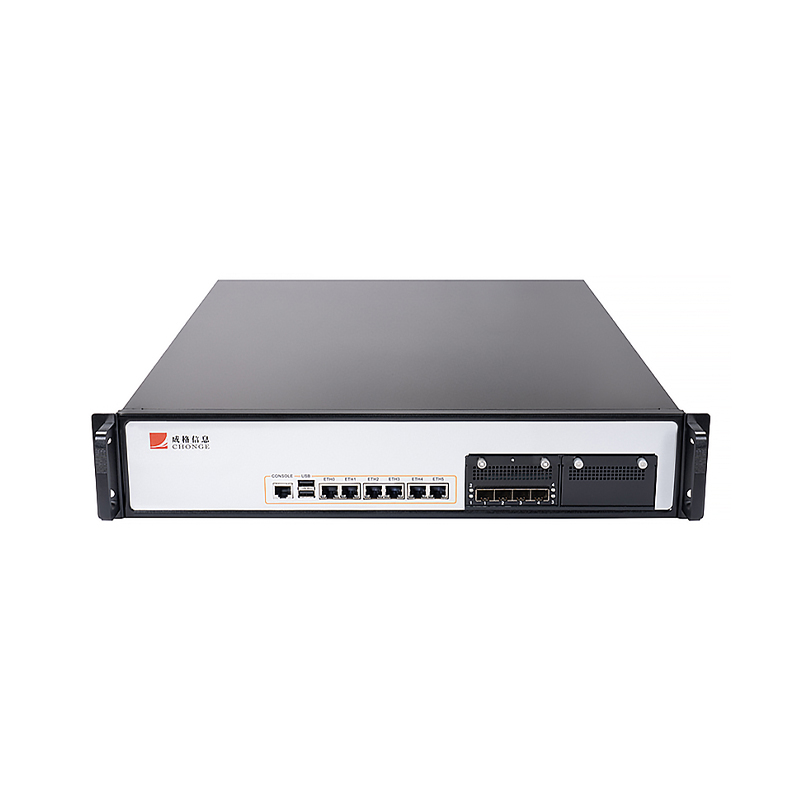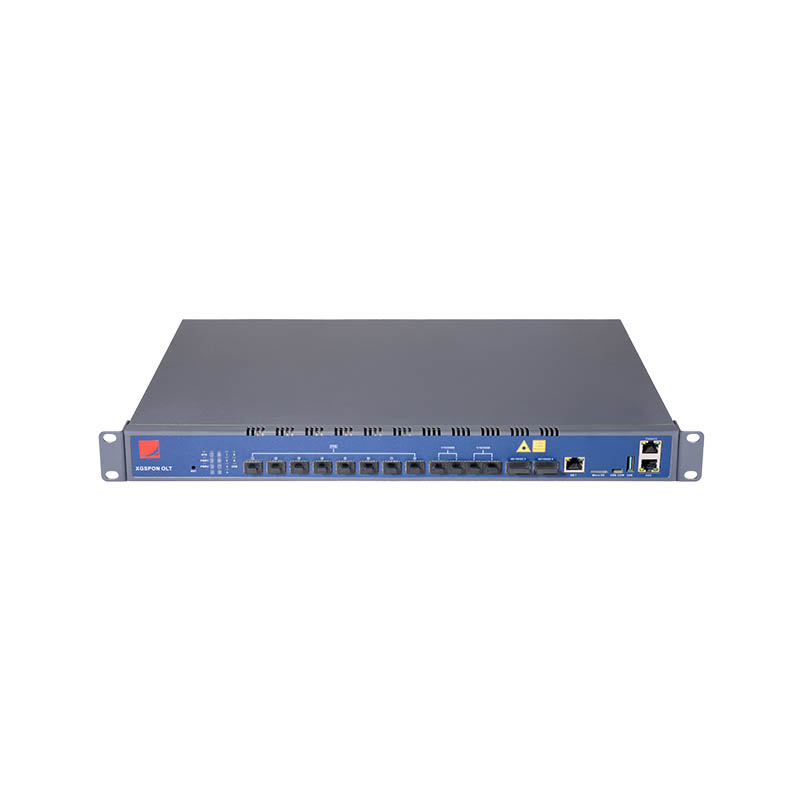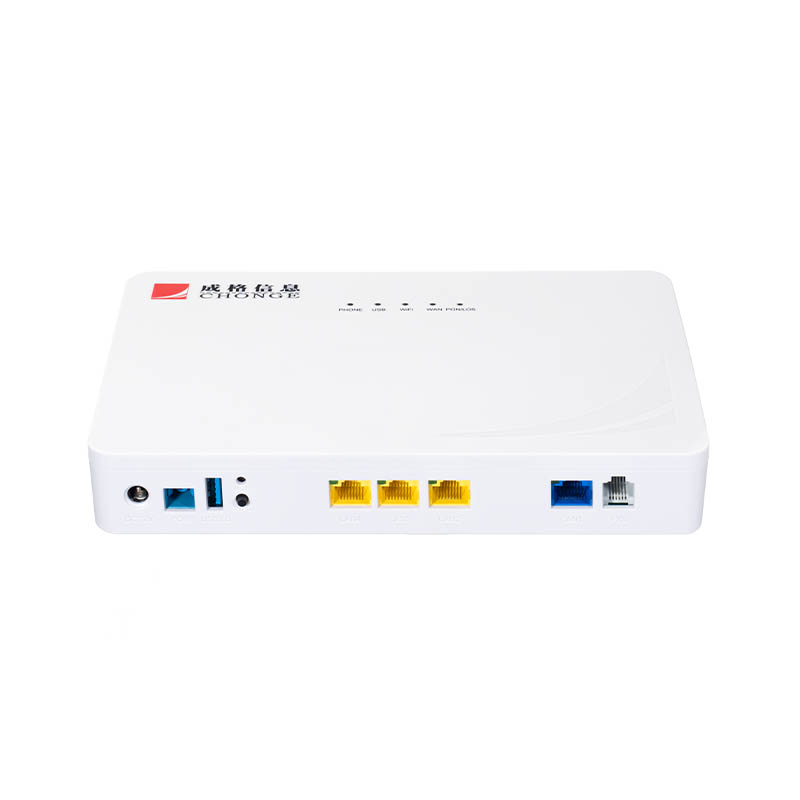How does OLT enhance signal anti-interference capabilities through forward error correction technology?
Release Time : 2025-09-25
As the core equipment in optical communication networks, the OLT (Optical Transmitter) (OTL) undertakes the critical tasks of signal transmission, reception, and processing. In complex optical transmission environments, signals are susceptible to interference from factors such as dispersion, nonlinear effects, and polarization mode dispersion, leading to increased bit error rates and limited transmission distances. Forward error correction (FEC) technology, by proactively adding redundant information and optimizing decoding algorithms, has become a key means for OLTs to enhance signal robustness against interference. Its technological evolution is closely integrated with OLT hardware upgrades, jointly driving the development of high-speed and long-distance optical communications.
The core principle of FEC technology is to generate redundant check bits from the original data using a specific algorithm at the transmitter. These bits, combined with the original data, form a coded codeword. The OLT modulates these codewords onto an optical carrier and transmits them via optical fiber to the receiver. The receiving OLT uses a decoding algorithm to locate and correct bit errors generated during transmission based on the redundant information. This process eliminates the need for reverse channel feedback and enables real-time error correction, thereby reducing the system's signal-to-noise ratio requirements and improving interference resistance. For example, in long-distance transmission scenarios such as transoceanic optical cables, FEC technology can effectively compensate for fiber attenuation and noise accumulation, extending transmission distances.
OLT support for FEC technology has evolved from hard decision to soft decision. Early hard decision FEC used algebraic decoding methods, such as Reed-Solomon (RS) codes, to correct errors through the algebraic structure of a parity check matrix. While simple to implement, these solutions had limited error correction capabilities and could not meet the requirements of high-speed systems. With the widespread adoption of coherent reception technology, soft decision FEC has gradually become mainstream. It quantizes and samples the amplitude and phase information of the received signal, combines it with belief propagation algorithms (such as the sum-product algorithm), and fully utilizes channel statistics to achieve more accurate error localization. Soft decision FEC significantly improves error correction performance compared to hard decision FEC, making it a key technology for OLTs to cope with the increased signal sensitivity of higher-order modulation formats (such as 16QAM and 64QAM).
The OLT hardware architecture provides the foundation for FEC technology. At the transmitter, the FEC encoder is integrated into the digital signal processor (DSP) and works in conjunction with the modulation module to map the encoded data into the drive signal for the optical modulator. The receiving OLT samples the optical signal using a high-speed analog-to-digital converter (ADC), converting the analog signal into a digital signal before the FEC decoder performs error correction. Modern OLTs utilize programmable DSP chips that support dynamic switching between multiple FEC algorithms. This allows for flexible adjustment of the encoding scheme based on parameters such as transmission distance and modulation format, optimizing system performance.
FEC technology collaborates with other OLT functional modules to further enhance interference mitigation. For example, when combined with the dispersion compensation module, FEC corrects intersymbol interference caused by dispersion; and when combined with the polarization mode dispersion compensation algorithm, it reduces bit errors caused by random variations in polarization state. Furthermore, the OLT dynamically adjusts the FEC overhead (the proportion of redundant information) to achieve a balance between error correction capability and bandwidth efficiency. While a high-overhead scheme provides stronger error correction capabilities, it also reduces the effective transmission rate. A low-overhead scheme is suitable for scenarios with better channel quality. The OLT adaptively selects the optimal overhead based on real-time monitoring of metrics such as bit error rate and optical signal-to-noise ratio, achieving a balance between performance and cost.
In high-speed optical communication systems, FEC technology has become a standard feature of optical line terminals (OLTs). For example, 100G/400G coherent optical modules commonly utilize soft-decision FEC schemes, supporting transmission over thousands of kilometers without electrical relays. By integrating high-performance FEC decoders, OLTs can achieve data processing capabilities exceeding hundreds of Gbits per second, meeting the high-bandwidth and low-latency requirements of scenarios such as data center interconnection and 5G fronthaul. FEC also reduces the gain requirements for optical amplifiers and Raman amplifiers, reducing system complexity and cost.
As optical communications evolve toward terabit rates, FEC technology will face even greater challenges. OLTs must further optimize decoding algorithms to reduce power consumption and latency, while also exploring integration with machine learning and artificial intelligence technologies to achieve more intelligent error prediction and correction. For example, neural network-based FEC schemes can adaptively learn channel characteristics, dynamically adjust coding strategies, and improve error correction efficiency. As the "brain" of optical communication networks, OLTs will continue to innovate FEC technology to advance signal interference mitigation capabilities to new heights.







